During the Gulf War, the skies transformed into battlegrounds for intense confrontations between Coalition and Iraqi forces. The Coalition launched an unyielding air campaign, deploying a staggering 88,500 tons of bombs over 100,000 sorties between January 17 and February 23, 1991. On February 14, an interesting incident took place when two pilots flying McDonnell Douglas F-15 Eagles accomplished an extraordinary feat by successfully hitting an Iraqi helicopter in mid-flight with a bomb.
An ordinary mission with extraordinary results

US Air Force Capt. Tim “Rhino” Bennett and his weapons system officer Capt. Dan “Chewy” Bakke were on the lookout for Scud missiles near Al-Qa’im when they were discovered and came under attack from Iraqi helicopters.
In an article for Air Force Magazine, Bennett recalled, “The mission was a Scud CAP [combat air patrol] in northwestern Iraq. During the Scud CAPs, we would look around with either the FLIR targeting pod or the radar to find the mobile Scuds. My wingman had twelve Mk. 82s, and I had four GBU-10s-2,000-pound LGBs-four AIM-9s, and two external fuel tanks. I was leading the flight.”
Enemy helicopters closing in
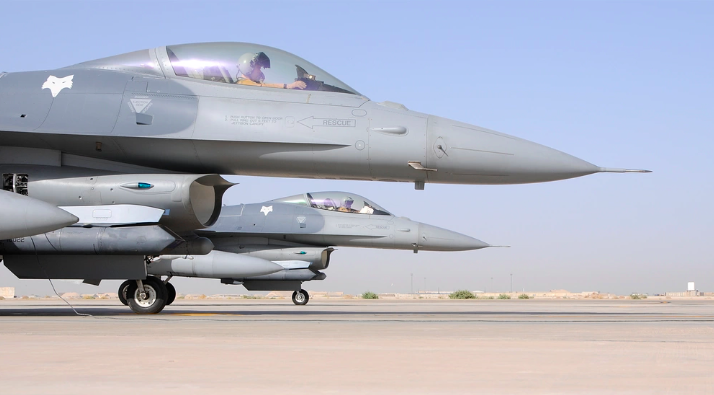
Their operation began at 1:00 AM. Due to thick cloud cover, Bennett and Bakke had to fly above the poor weather conditions. At that time, they received an alert from a Boeing E-3 Airborne Warning and Control System (AWACS) aircraft, informing them that a Special Forces team on the ground was in trouble: five Iraqi helicopters were approaching their position.
Using radar, Bennett identified the helicopters as Mil Mi-24 Hinds, which are known for carrying enemy troops armed with artillery. It appeared that the Mi-24s were deploying their troops to reinforce an assault on nearby US Special Forces units.
The plan of attack
The two pilots devised a strategy to strike the lead helicopter with a GBU-10 Paveway II while it remained on the ground. If the bomb made contact, the target would be obliterated, and even if the enemy aircraft took off before the bomb landed, it would still eliminate the troops it had just deployed.
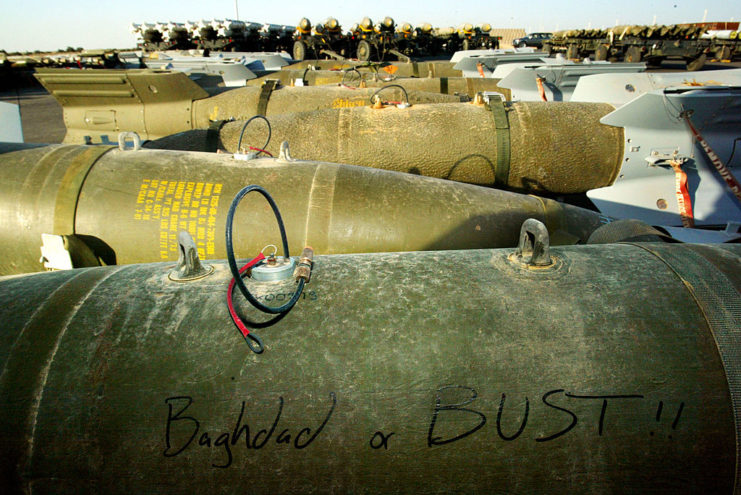
They dropped the bomb four miles away from their intended target while Bennett’s F-15 raced through the sky at 700 MPH and 2,500 feet in altitude. At the moment of release, their radar indicated the target was traveling at 100 knots and ascending. Realizing they were now too far away, Bennett and Bakke knew the bomb wouldn’t reach the helicopter.
A near miss
As seconds went by with no sign that the bomb had exploded, Bennett told Bakke to keep the laser pointed on the Mi-24. He recalled saying, “There’s no chance the bomb will get him now,” but, remarkably, the helicopter turned toward them, allowing Bakke to secure the laser-guided bomb on the target.
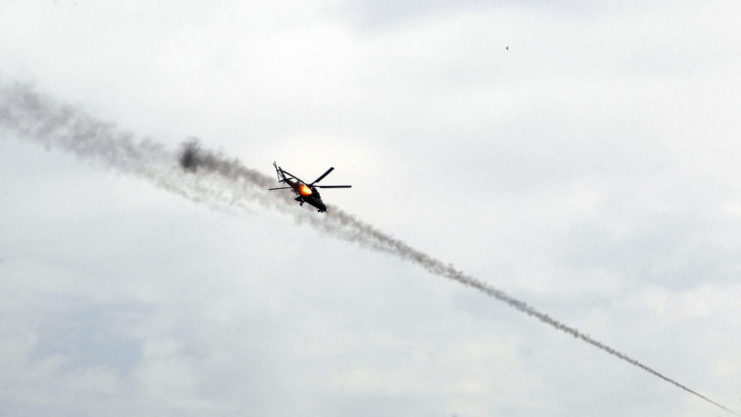
“There was a big flash, and I could see pieces flying in different directions,” said Bennett. “It blew the helicopter to hell, damn near vaporized it.”
Worried about friendly fire
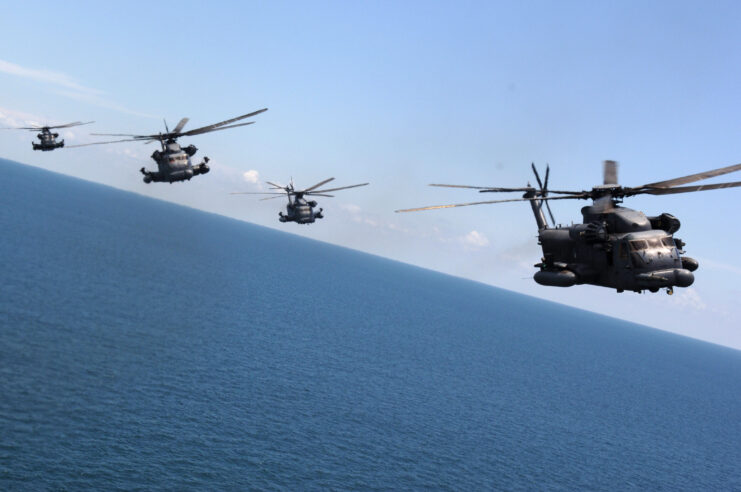
The AWACS came over the radio and told the pilot, “I understand you visually ID’d that as an Iraqi helo.” Bennett stated that, no, he hadn’t visually identified the target, but was able to tell it was an Iraqi Mi-24 using infrared technology. Both he and Bakke then grew tense, worried they’d accidentally hit a friendly helicopter. At the time, special operators were flying into Iraq in Sikorsky MH-53 Pave Lows, and Bennett wondered if they’d accidentally targeted one.
Thankfully, the AWACS confirmed that no friendly aircraft were in the area – the pair’s attack was successful.
The striker becomes the target
That wasn’t the end of Bennett’s unbelievable mission. After confirming the hit was an enemy helicopter, large flashes appeared all around. What he initially thought were surface-to-air missiles (SAMs) being fired from below were actually bombs being dropped from above.
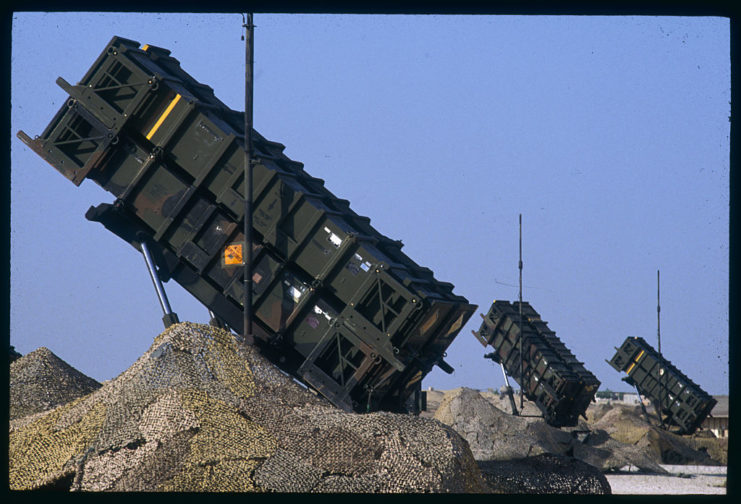
“AWACS had sent another flight in and told them to drop bombs on a set of coordinates. Those coordinates happened to be us!” Bennett and Bakke immediately left the area, and with just 15 minutes remaining in their mission managed to strike an enemy Scud missile, before returning to base.
Want War History Online‘s content sent directly to your inbox? Sign up for our newsletter here!
Tim Bennett left active duty following the Gulf War, but flew General Dynamics F-16 Fighting Falcons with the South Carolina Air National Guard until he retired in 2017, having reached the rank of lieutenant colonel.
